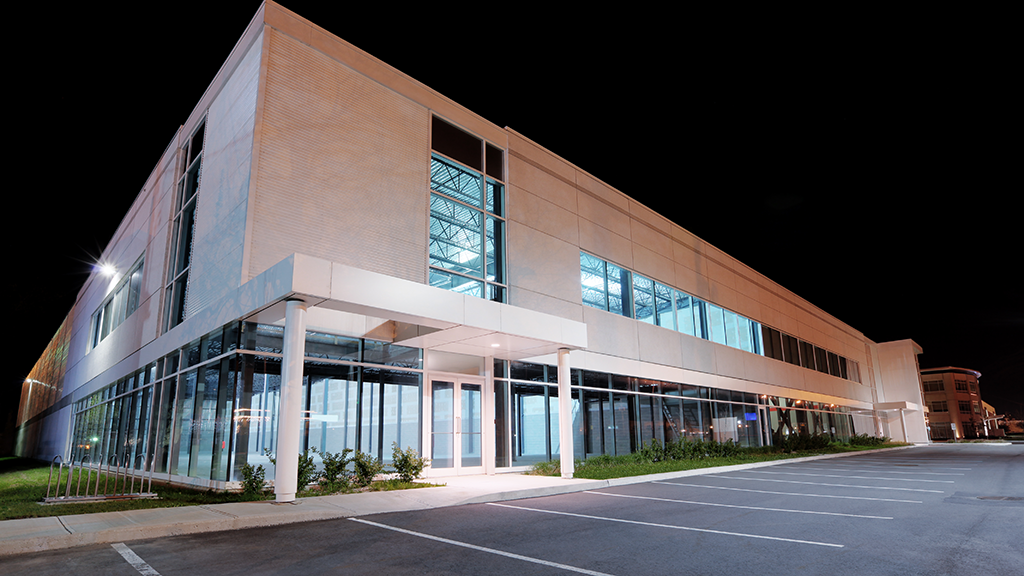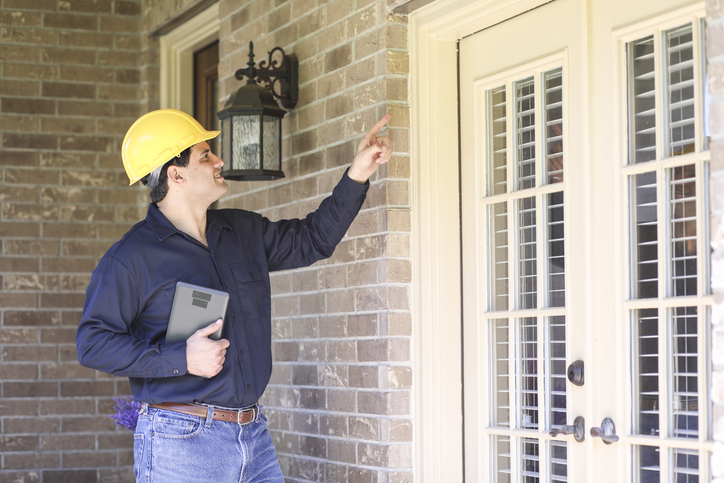
Greg Lindsay, an expert on the future of cities, talked with 2022 PAR President Chris Beadling about nomad cities, mixed use properties, the everywhere office, technology and mobility in a PAR webinar.
Beadling asked Lindsey what the biggest changes commercial real estate has seen since the start of the coronavirus pandemic.
“Obviously, we’re seeing the normalization of hybrid work. It’s really interesting watching the evolution of remote work. There’s a set of data showing, for example, that people are slowly returning to the office,” said Lindsey. But he noted that the number of remote postings and hybrid postings is “through the roof.”
“There’s a real continued hunger for remote work, and people want those three days a week in the office, or less, if they can handle it,” he added. “And it’s interesting seeing things like the rise of the four-day work week and other responses to that.”
Lindsey thinks there is a lot of territory that has yet to be explored when it comes to running workspaces. “We’ve proven that you can go to the same space every day, five days a week. We’ve proven that you can never leave your bedroom, and you can work remotely, forever, perhaps, or at least forever for two years. But what about everything in between? How do we start thinking about other ways of working together? I think people desperately want to get out of their homes. But people don’t necessarily want to commute to the same office every day.”
Exciting is how Lindsey described the future of the office space. “One of the ideas that has been lying around since before the pandemic is of co-working spaces closer to home, having this palette or portfolio of workplaces to go to vs. a singular office. We’re starting to think about these remote work centers. I think there’s a whole new wave of opportunities that we could see that people as employers follow talent closer to home in the suburbs or exurbs, or wherever people choose to leave and live. But again, we’ve barely begun to scratch the surface,” he said.
Lindsey thinks small cities will benefit the most from COVID-19 changes. He said that most people prize smaller, walkable cities, that have an urban feel and character to them, but don’t have the downsides that comes with city living. He noted that as millennials age, they are looking for places to raise their children, leading them to places like Harrisburg and Pittsburgh, though he did point out that he thinks “Philly is the most underrated city in America” when it comes to cost of living vs. amenities.
“A lot of that urban life is was hit hard during the pandemic,” he said. “It became very evident that if you were a millennial, you wanted to stay in cities, but there’s very little housing stock geared towards you. You have to pay an incredible premium for that and many cities were content to simply push you out into the exurban periphery. Cities need to think about.”
Mixed-use buildings may also be the way of the future. Combining office space with retail and restaurant spaces can be successful, Lindsey said. “Design big indoor and outdoor bars and barbecue restaurants and then put in flex workspaces around it. I love the idea you bring your kids there. You’d have a pint of a micro brew and then maybe you’ll write some emails while you’re there and I think that points to some interesting ideas about like socializing comes first. Then you stay in the area and do these other things, so it’ll be interesting.”
With housing stock remaining below necessary levels, Lindsey said he has thought about whether large homes with multigeneration family members and non-family members residing together could be an answer. “But what we saw during the pandemic is that baby boomers, who for years we’ve expected would sell their homes and try to downsize, instead, they’re staying in those big homes. They’ve got younger family members moving in. I think it’s interesting there where it is the question of maybe the answer is to retrofit the homes and figure out how to build out around them,” he said.
What should we expect in commercial real estate over the next 18 months? Lindsey said, “I think 18 months from now we will have a conversation that we’d talk about how we just emerged from the recession that the Fed seems determined to engineer. We talk about how interest rates have come back down. We hopefully will be on the other side of this hiking cycle. We would talk a lot about AI. We would think about how these large language models and generative models are starting to change things in terms of what that means for future work locations and where people are going and already how that’s affecting the job market.”
Lindsay is the chief communications officer at Climate Alpha, an AI-driven location-analysis platform steering investment toward climate adaptation and more resilient regions and the co-author of the 2011 bestseller Aerotropolis: The Way We’ll Live Next.
Topics
Member Discussion
Recent Articles
-
Scoping Out the Home/Property Inspection
- April 25, 2025
- 5 min. read
A home inspection, as defined by the Home Inspection Law, is a non-invasive, visual examination of two or more major components of a residential property.
-
Are Colorful Toilets Making a Comeback? Realtors® React
- April 24, 2025
- 2 min. read
“Color in a bathroom is always a joy during the initial design, but it’s crucial to remember that not all fixtures age uniformly,” reminds PAR President Bill Lublin.
-
Three Pa. Cities Make Top 100 Safest From Natural Disasters
- April 23, 2025
- 2 min. read
Pittsburgh was named the eighth safest city from natural disasters in a study of 477 of the biggest U.S. cities, completed by Home Gnome. Two other cities made the top 100.
Daily Emails
You’ll be the first to know about real estate trends and various legal happenings. Stay up-to-date by subscribing to JustListed.



